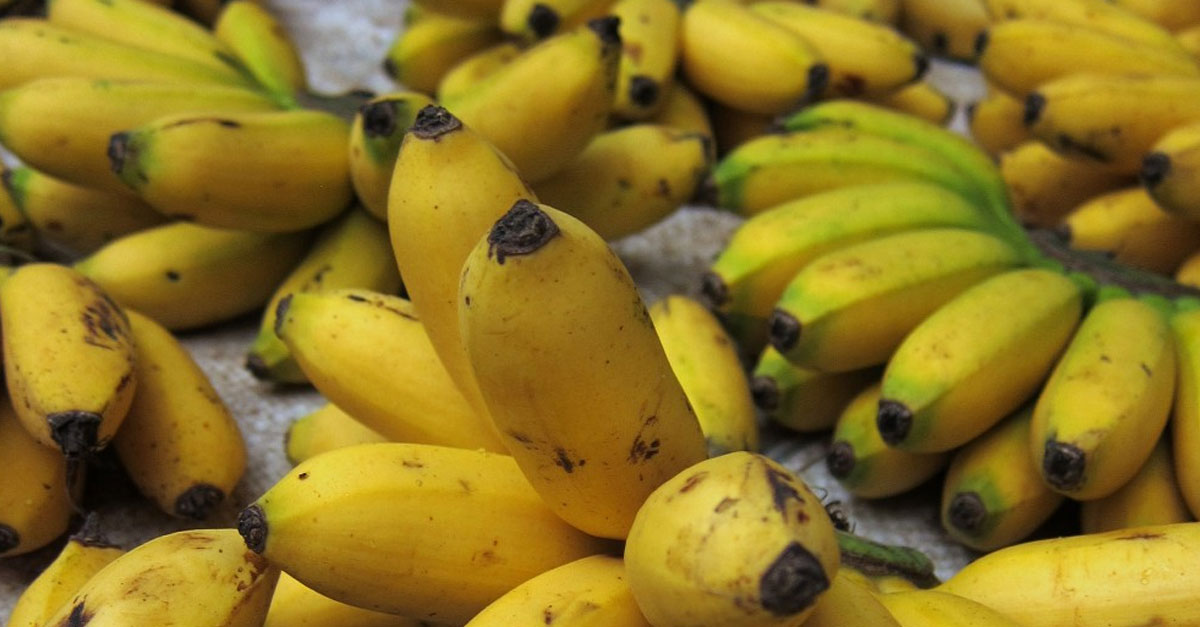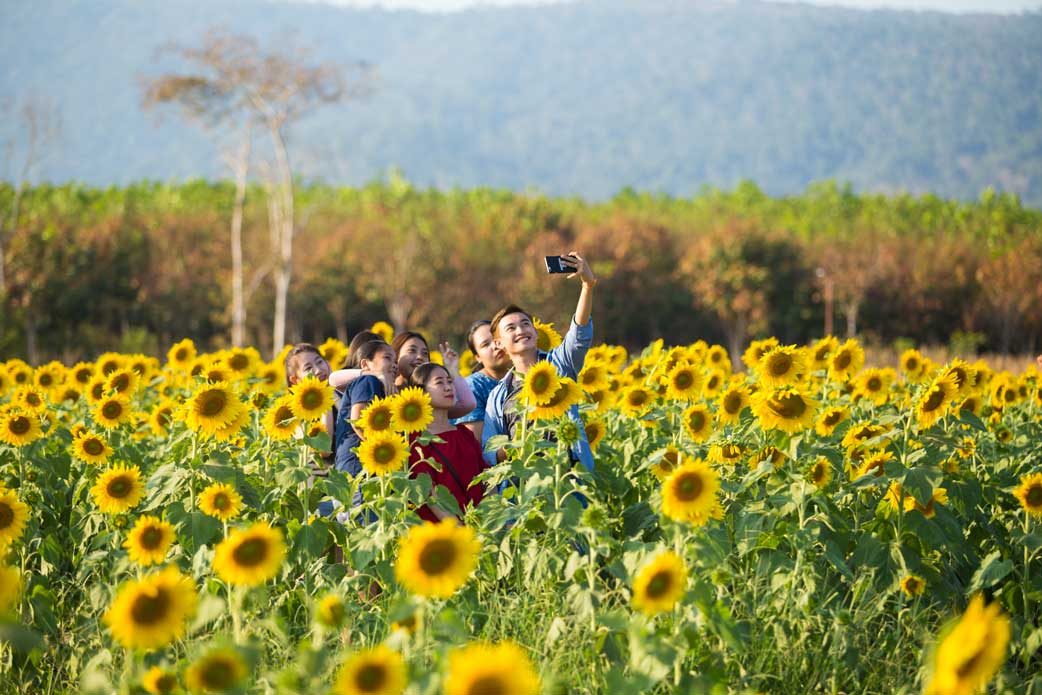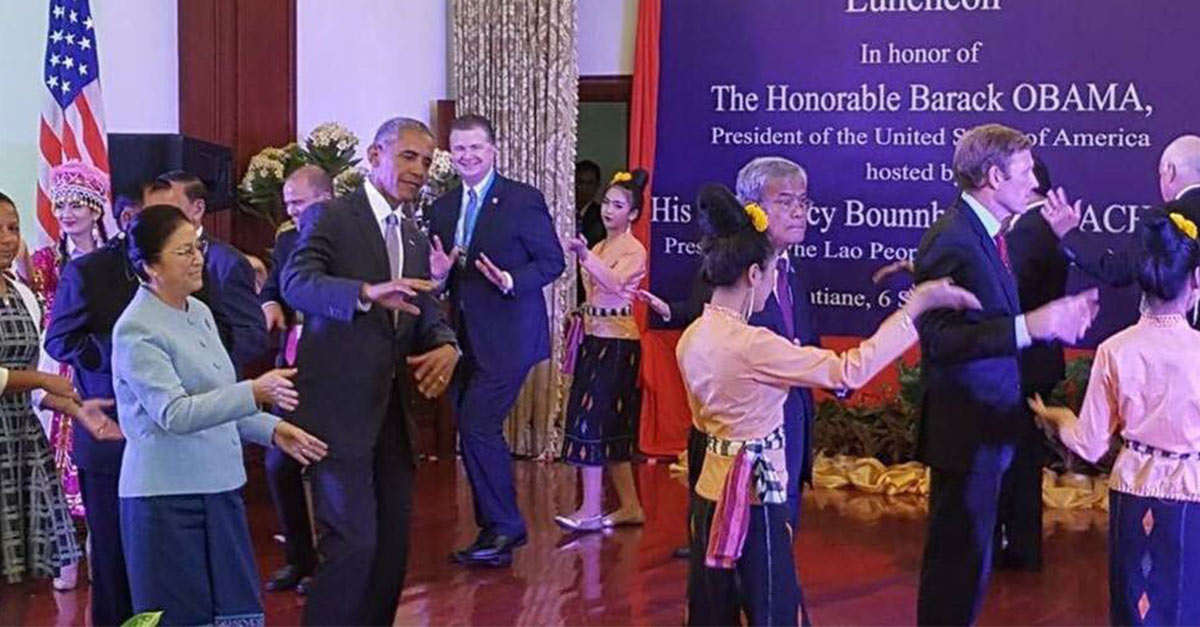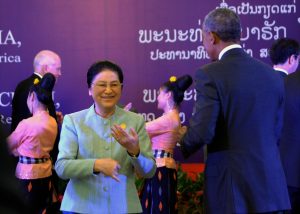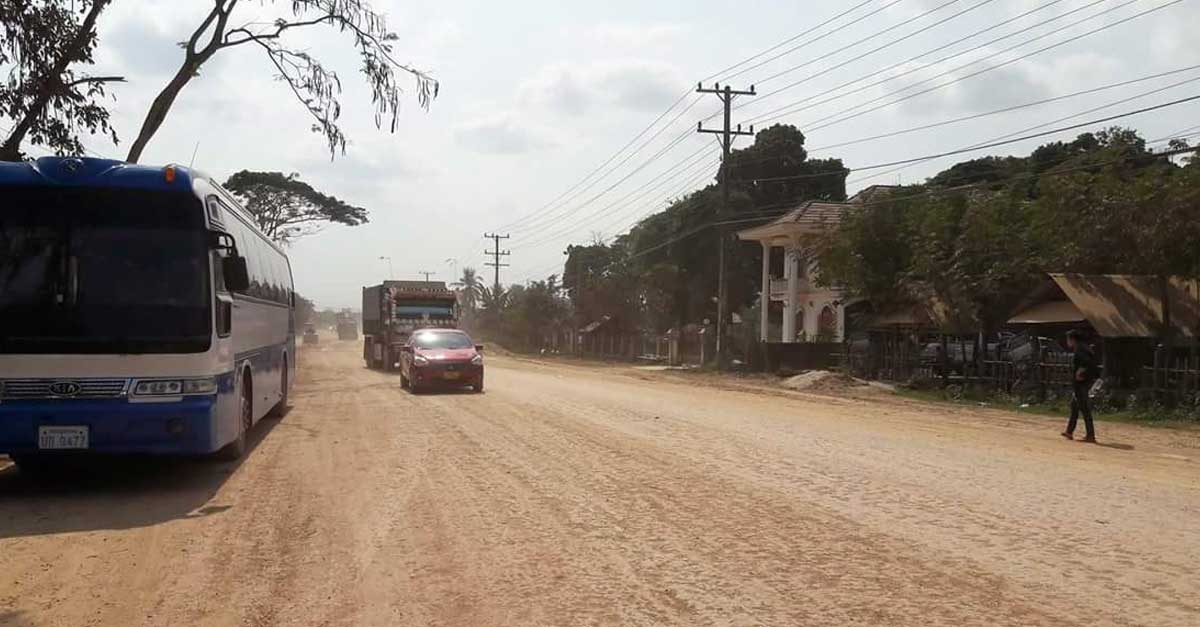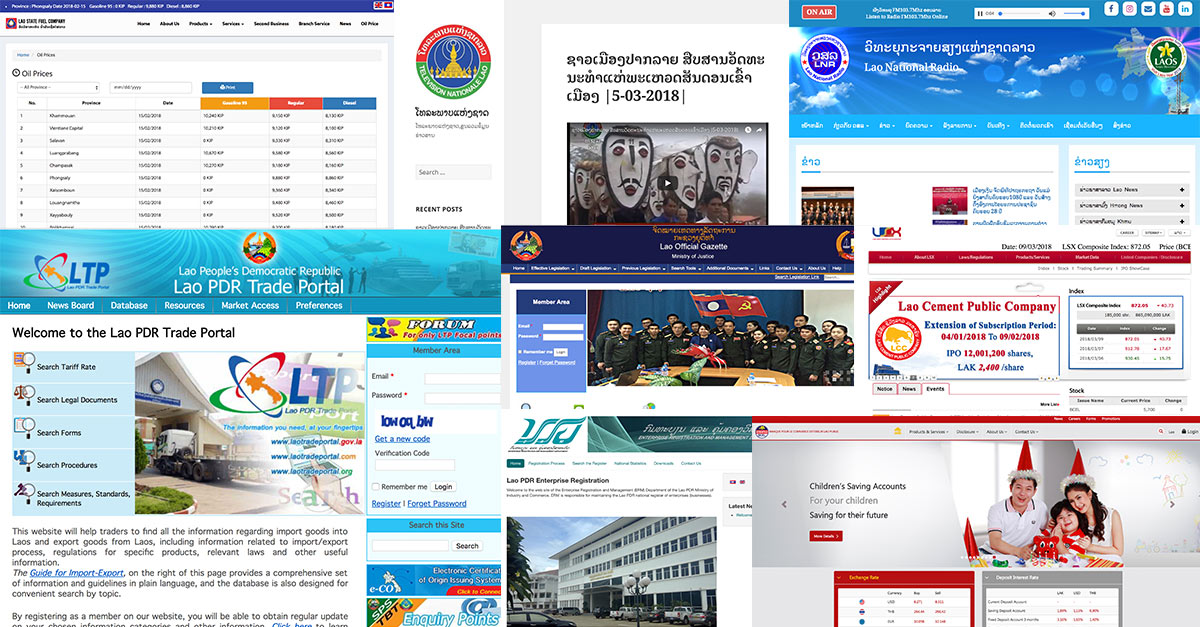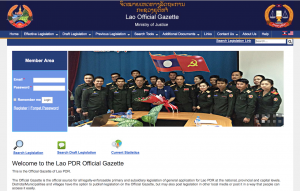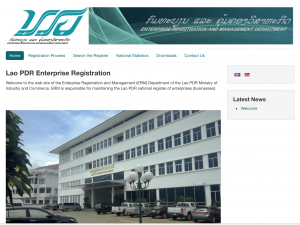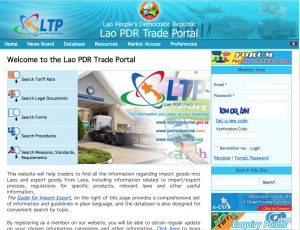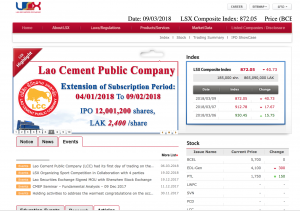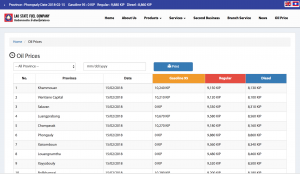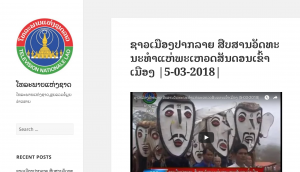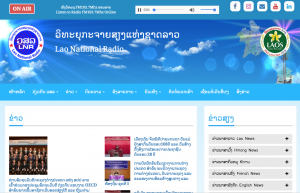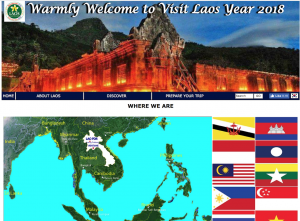The Executive Board of the International Monetary Fund (IMF) recently gave a favorable analysis of the Lao economy:
Lao P.D.R.’s economy continues to perform well, supported by a favorable external environment and strong flows of foreign direct investment from its dynamic neighbors. Growth in 2017 was supported by the expansion of electricity exports, construction activity and financial services, but moderated to 6.8 percent as a result of the prohibition on illegal logging, tighter credit conditions and fewer tourist arrivals. Inflation remained low at 0.2 percent in December 2017, reflecting a stable exchange rate and a decline in food prices. Private sector credit growth was robust at 17 percent year-on-year in 2017, a pace consistent with dynamic economic activity and moderate financial deepening. The current account deficit was high at 13 percent of GDP in 2017, although it is estimated that about half the deficit reflected imports related to large foreign direct investment projects, including the Kunming-Vientiane railway project, which is part of China’s Belt and Road Initiative. Nevertheless, gross international reserves remain low at about 1 month of prospective imports.
The authorities have developed a reform agenda to address some of the vulnerabilities in the economy, with the goal of supporting stable and sustainable growth to graduate from Least Developed Country (LDC) status. Aware of the challenges presented by high public debt and deficits, they are moving to put in place a gradual fiscal consolidation mainly through tax policy and administration reforms. They are also moving to strengthen the banking system by recapitalizing and restructuring public banks, restructuring loans related to infrastructure projects and improving regulation and supervision. The authorities have also focused on integrating the Sustainable Development Goals (SDGs) into their 5-year development plan to promote inclusion and environmental sustainability.
Looking ahead, the outlook is positive, with growth on the order of 7 percent per year, and gradual economic diversification matched by integration with ASEAN and China. Downside risks stem from high public debt and deficits, pockets of weakness and high dollarization in the banking sector, and a vulnerable external position with low gross international reserves. Addressing these risks and successfully implementing the authorities’ reform agenda will help ensure sustainable and inclusive growth and graduation from LDC status.
Executive Board Assessment
Executive Directors welcomed Lao P.D.R.’s good record of high growth and stable inflation. However, they noted vulnerabilities in key areas, in particular, a high fiscal deficit and public debt, a weak external sector and low external reserves, and a highly‑dollarized banking system. While the outlook is for continued high growth, risks could materialize if government finances do not improve, or if external conditions deteriorate, which could be amplified in the domestic economy through negative macro‑financial feedback loops. Directors encouraged the authorities to continue to address these risks.
Directors stressed the importance of a gradual fiscal consolidation to bring the public debt on a credible but realistic downward path over the medium term. They agreed that this could best be done by improving fiscal revenue, and welcomed the authorities’ interest in developing a medium‑term revenue strategy. They noted that there is also scope to rationalize expenditures and reorient spending to improve health and education outcomes, and welcomed efforts to contain the wage bill. Directors recommended stronger debt management and a more rigorous selection of public investment projects.
Directors welcomed the progress in strengthening banking regulation and supervision and the reform of public banks, but noted that further efforts are needed to reduce foreign currency lending risks, identify non‑performing loans, and strengthen capital buffers. They took positive note of the prospects for putting in place crisis management and prompt corrective action frameworks, and the progress in developing the AML/CFT regime.
While noting that external sector vulnerabilities are being ameliorated, Directors considered that the overvaluation of the exchange rate and the high current account deficit call for a further accumulation of international reserves. They welcomed the gradual depreciation of the exchange rate and recommended letting the exchange rate move gradually within the official band to support competitiveness and help accumulate reserves. They agreed that a cautious approach is warranted, given possible currency mismatches in the non‑bank private sector. They noted that further reforms to improve the functioning of the interbank and domestic debt markets are important steps to put in place the preconditions for greater exchange rate flexibility in the medium term. A number of Directors urged removal of the interest rate caps.
Directors noted that the gap between income per capita and welfare indicators points to the need to pursue more inclusive and sustainable growth. To promote economic diversification, developing public infrastructure and improving conditions for private investment will be critical. Improvements in human capital will also be important, in particular through workforce training, public education, and health services, particularly for women and children. This will help reduce regional and gender disparities.
Directors called for improvements in economic statistics and welcomed the authorities’ interest in joining the General Data Dissemination System.
| Lao P.D.R.: Selected Economic and Financial Indicators, 2013–19 | ||||||||||||||||||||||||||||||||||||||||||||||||||||||||||||||||||||||||||||||||||||||||||||||||||||||||||||||||||||||||||||||||||||||||||||||||||||||||||||||||||||||||||||||||||||||||||||||||||||||||||||||||||||||||||||||||||||||||||||||||||||||||||||||||||||||||||||||||||||||||||||||||||||||||||||||||||||||||||||||||||||||||||||||||||||||||||||||||||||||||||||||||||||||||||||||||||||||||||||||||||||||||||||||||||||||||||||
|
||||||||||||||||||||||||||||||||||||||||||||||||||||||||||||||||||||||||||||||||||||||||||||||||||||||||||||||||||||||||||||||||||||||||||||||||||||||||||||||||||||||||||||||||||||||||||||||||||||||||||||||||||||||||||||||||||||||||||||||||||||||||||||||||||||||||||||||||||||||||||||||||||||||||||||||||||||||||||||||||||||||||||||||||||||||||||||||||||||||||||||||||||||||||||||||||||||||||||||||||||||||||||||||||||||||||||||
[1] Under Article IV of the IMF’s Articles of Agreement, the IMF holds bilateral discussions with members, usually every year. A staff team visits the country, collects economic and financial information, and discusses with officials the country’s economic developments and policies. On return to headquarters, the staff prepares a report, which forms the basis for discussion by the Executive Board.
[2] At the conclusion of the discussion, the Managing Director, as Chairman of the Board, summarizes the views of Executive Directors, and this summary is transmitted to the country’s authorities. An explanation of any qualifiers used in summings up can be found here.
Source: IMF



